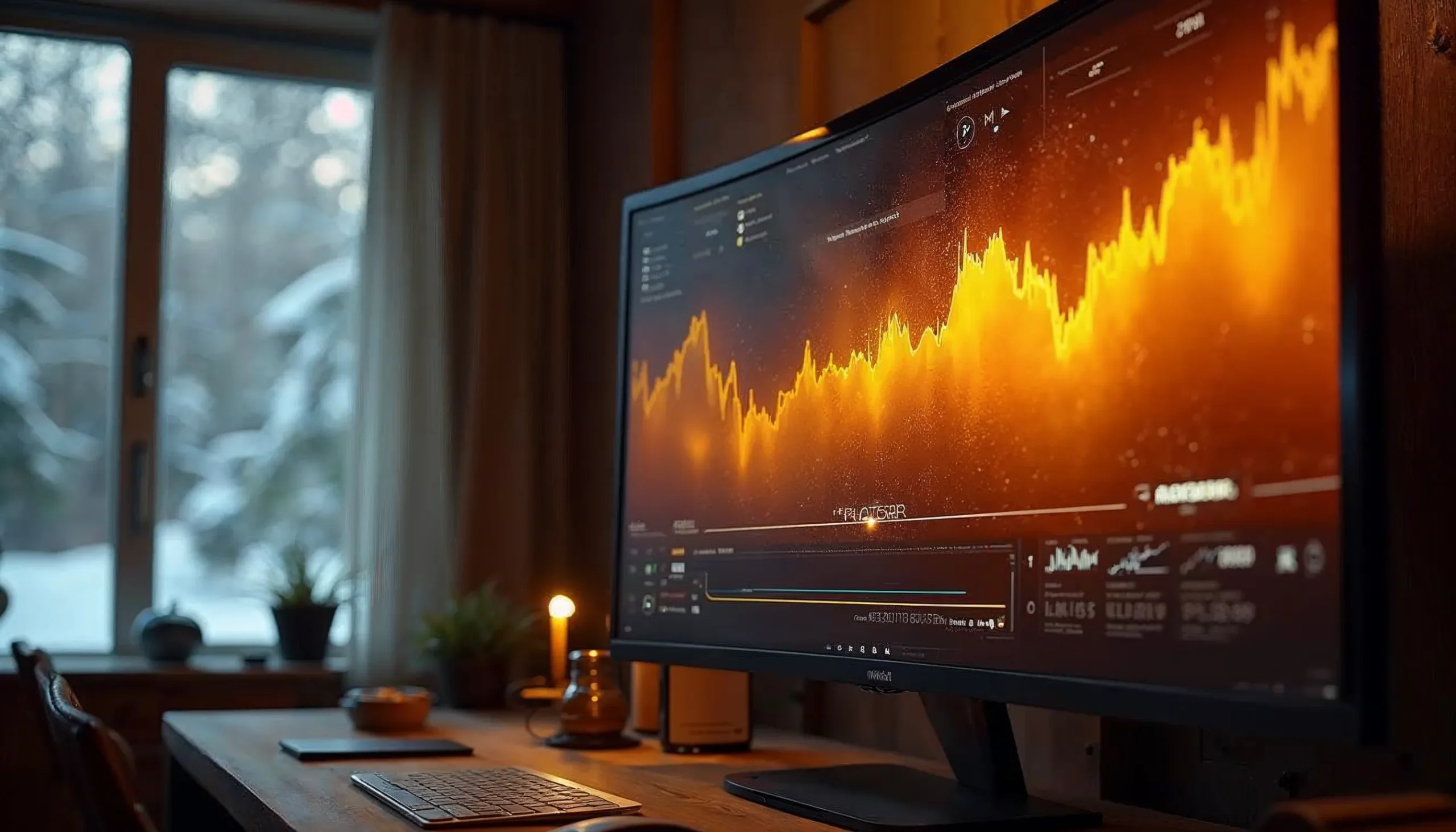Decoding Technical‐Analysis Edge: A Structured Audit for Robust Market Timing
Introduction: Why “Strength” Matters
In highly adaptive markets, the true value of technical analysis (TA) lies not in any single indicator but in demonstrable statistical strength…
1. Define the Performance Mandate
Robust timing begins with clarity on what must be timed and how success is measured…
2. Curate an Indicator Universe
A resilient audit samples broadly across domains: price action, momentum, volatility…
3. Regime-Aware Pre-Screening
Historical outperformance is often regime-specific. Split the sample into bull, bear…
4. Statistical Significance Tests
Bootstrap renewal and SPA tests correct for data snooping and validate signals…
5. Structural Robustness Checks
Parameter drift erodes strength; walk-forward analysis and stress tests reveal fragility…
6. Cross-Sectional Portability
Edge that transfers across assets is rare but valuable, confirming broader applicability…
7. Execution Realism Layer
Signals must survive execution costs and liquidity constraints to retain edge…
8. Portfolio Interaction and Risk Contribution
Indicators should add diversification and reduce tail risk in portfolio context…
9. Psychological & Organisational Fit
Biases and trader temperament influence execution fidelity, impacting theoretical edge…
Conclusion: An Integrated Scorecard
Robust market timing demands grading indicators across multiple dimensions, keeping only the antifragile core…



